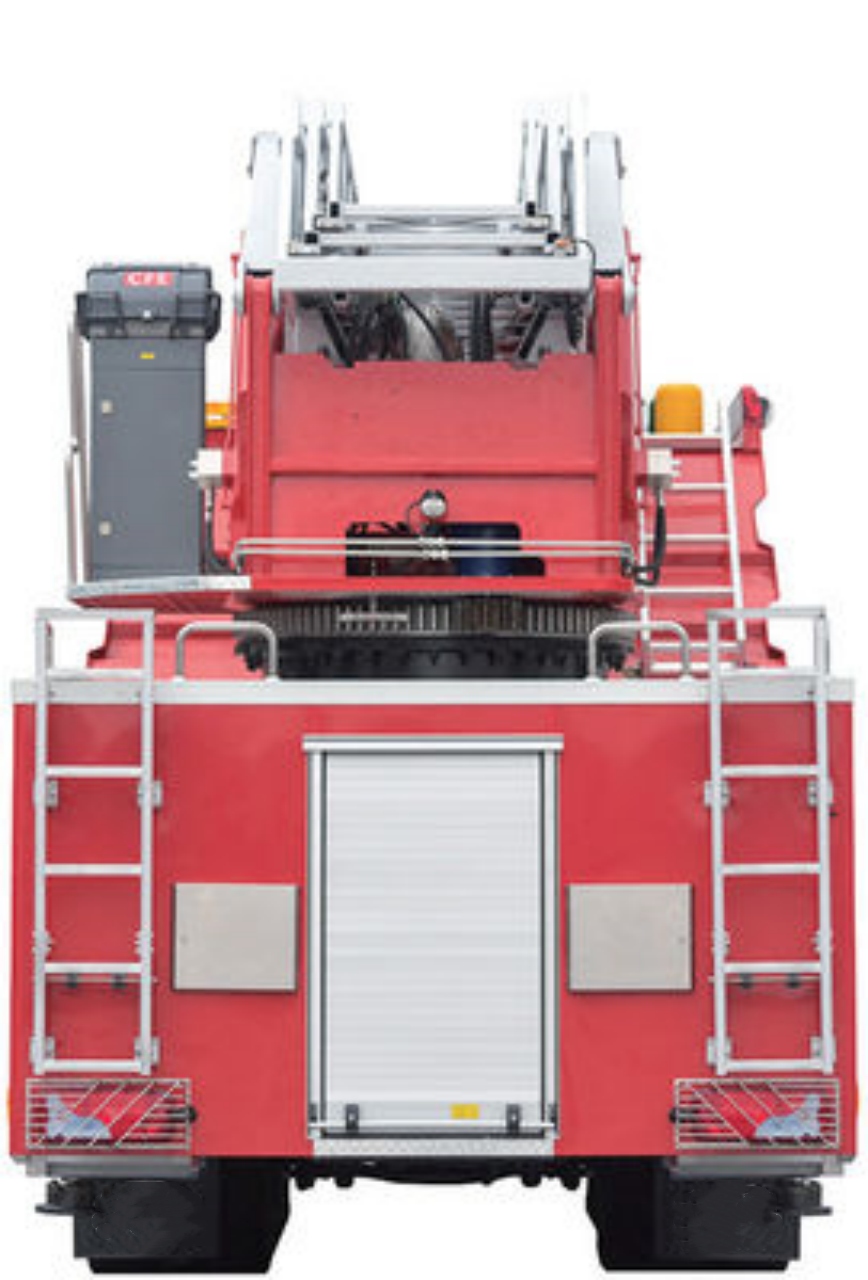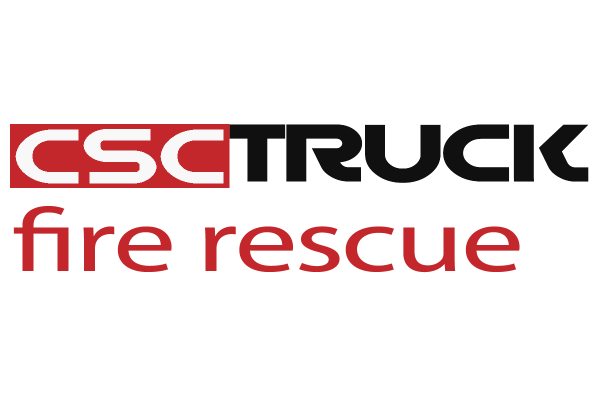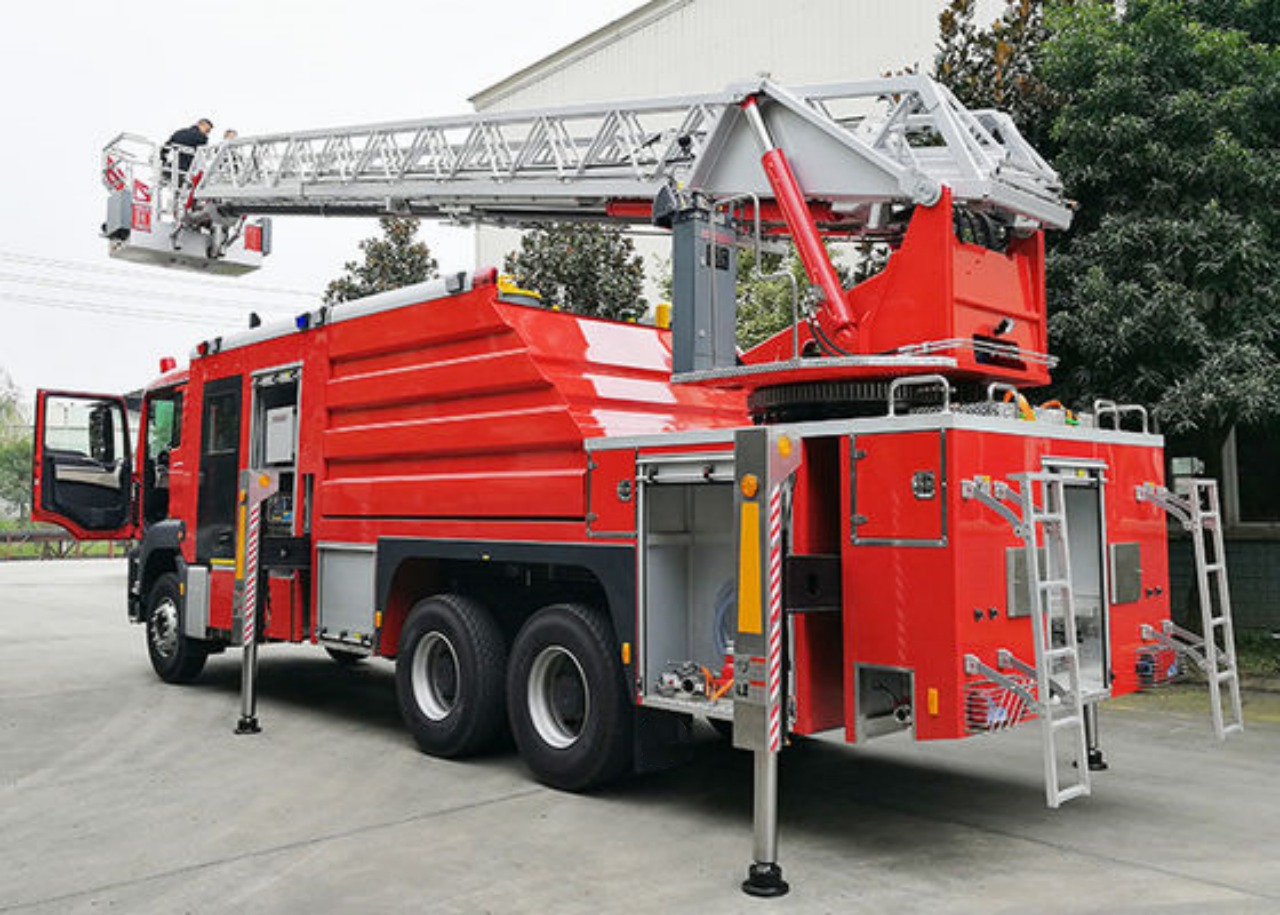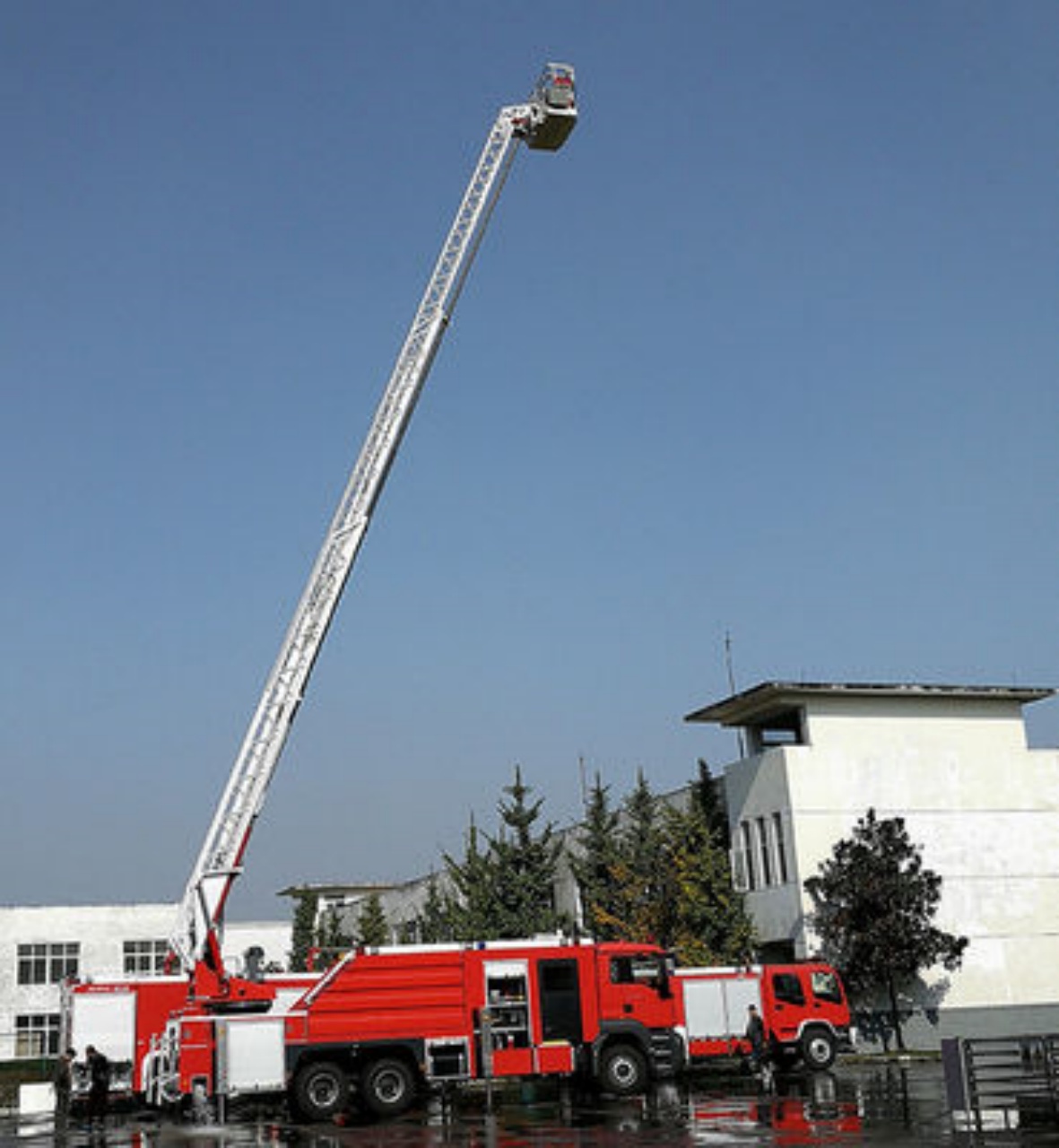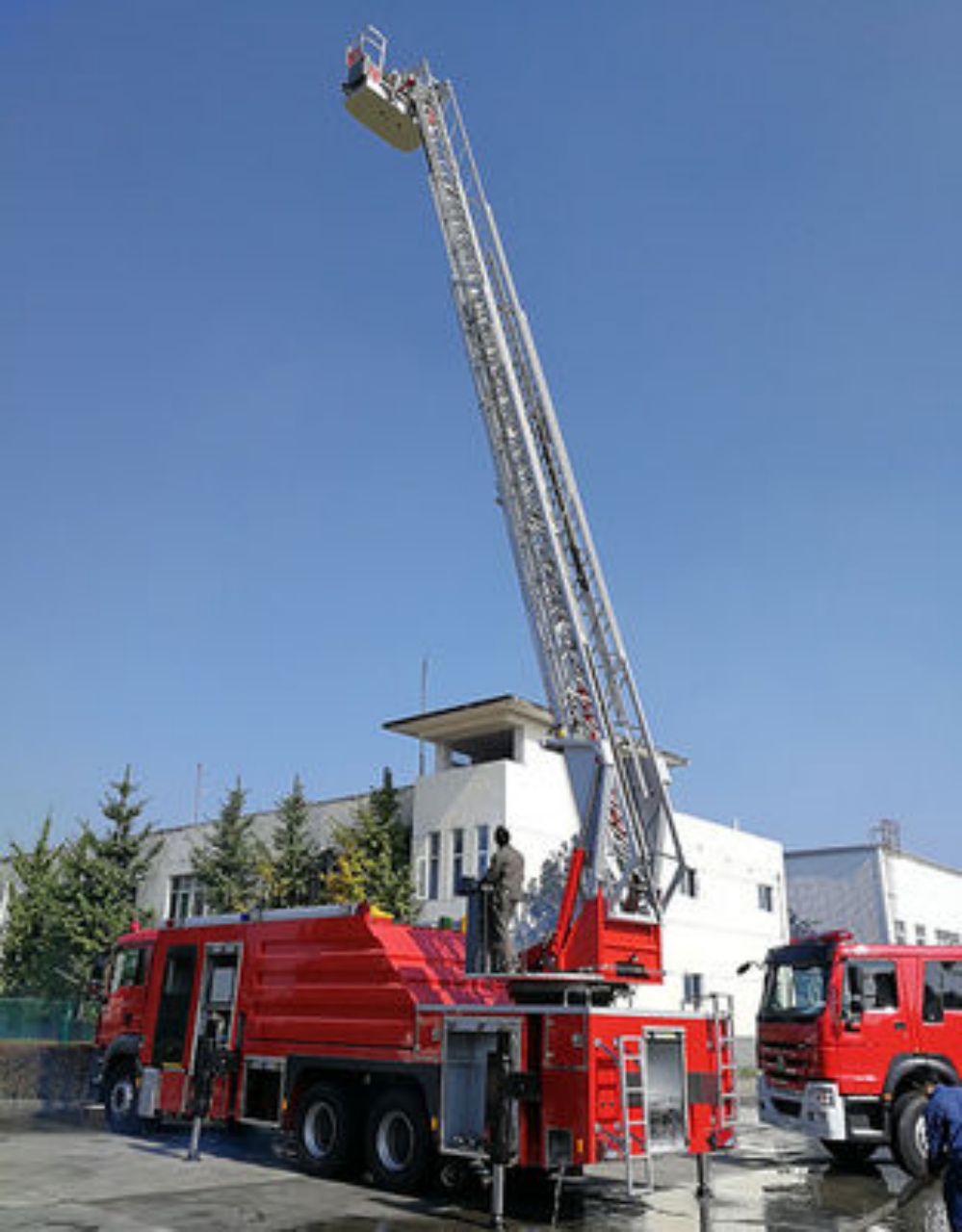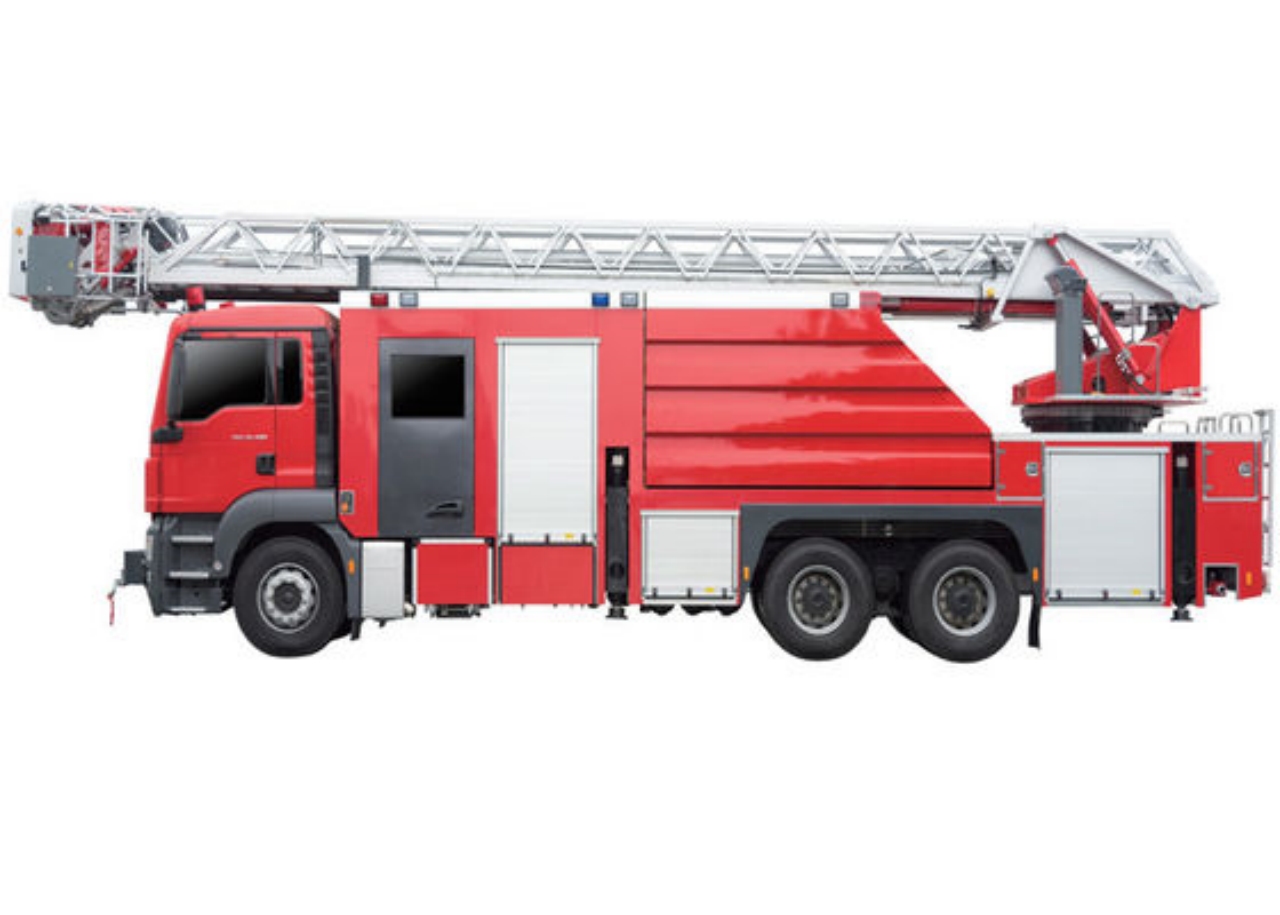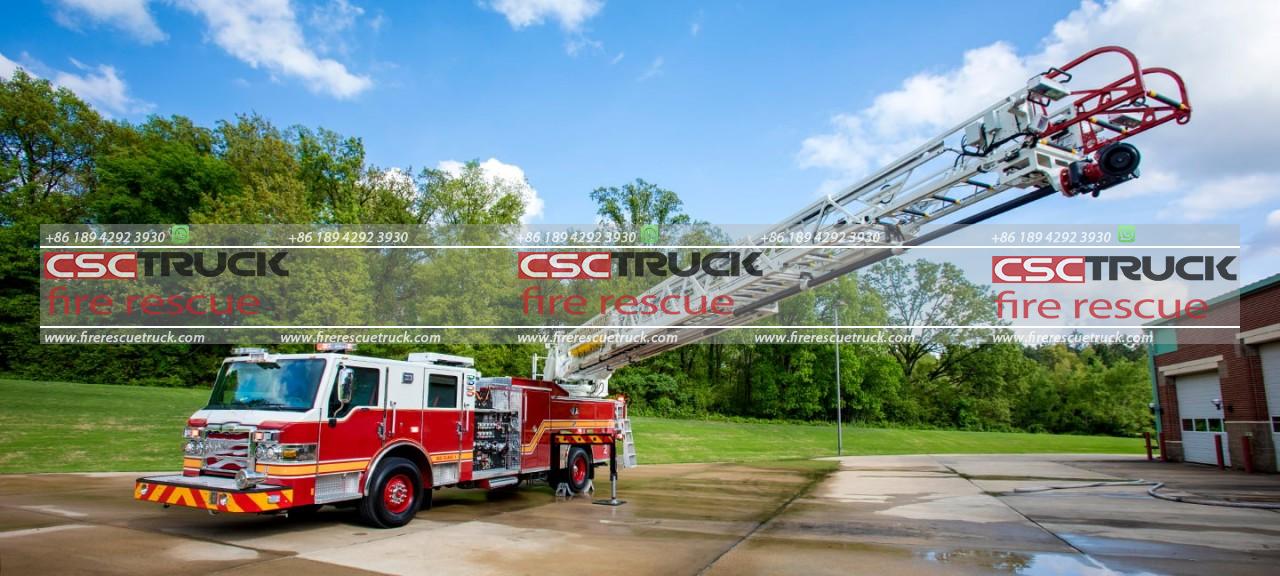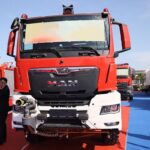When we see a fire truck speeding through the streets, sirens blaring and lights flashing, we often think of firefighters rushing to put out a blaze. But not all fire trucks are the same. Among the various types, one of the most iconic and important is the ladder truck. But what exactly is a ladder truck, and why is it such a crucial part of firefighting operations? In this article, we’ll explore the meaning, purpose, components, and operational significance of ladder trucks.
Definition of a Ladder Truck
A ladder truck, sometimes called an aerial ladder truck, is a type of fire apparatus equipped with a large extendable ladder mounted on a rotating turntable. It is designed primarily for high-reach operations, allowing firefighters to access upper floors of buildings, rooftops, and other elevated areas during fires, rescues, and emergencies.
Unlike standard fire engines (also known as pumpers), which are mainly used to transport hoses and water for firefighting, ladder trucks are specialized for vertical access, ventilation, and technical rescues.
The Purpose of a Ladder Truck
Ladder trucks serve several critical roles in firefighting and emergency response. Their main functions include:
- Rescue Operations: In high-rise fires or situations where occupants are trapped above ground level, ladder trucks provide access for rescue operations. Firefighters can climb the aerial ladder or help people down to safety.
- Fire Suppression Support: The elevated position of the ladder allows firefighters to direct water streams from above, which is especially useful in large fires or when attacking the fire from the exterior is necessary.
- Ventilation: By breaking windows or cutting holes in roofs, firefighters can release heat and smoke trapped in a burning structure. This process, known as vertical ventilation, is safer and more efficient when using a ladder truck.
- Access to Elevated Points: Whether for fire suppression, inspection, or technical rescue, the ladder truck gives crews access to places unreachable by ground ladders.
- Lighting and Equipment Transport: Many ladder trucks are also outfitted with scene lighting and compartments to carry tools such as chainsaws, axes, thermal imaging cameras, and specialized rescue equipment.
Types of Ladder Trucks
Ladder trucks can come in several forms, each with unique capabilities:
- Straight Aerial Ladder: This is the traditional type, featuring a long, telescoping ladder mounted on a turntable. It may or may not include a waterway (a built-in pipe) that allows firefighters to spray water from the tip of the ladder.
- Tiller Truck (Tractor-Drawn Aerial): This variant has a tractor-trailer configuration, with a separate steering wheel at the rear to navigate tight urban spaces. Tiller trucks are known for their maneuverability and long ladders, often 100 feet or more.
- Platform Truck (Tower Ladder): Instead of just a ladder, these trucks feature a basket or platform at the tip of the boom, providing a safe working area for multiple firefighters. Tower ladders are particularly useful for rescue operations and master stream deployment.
- Quint Truck: Short for “quintuple combination pumper,” a quint truck serves both as an engine and a ladder truck. It carries a water tank, pump, hose, ground ladders, and an aerial device, making it a versatile choice for smaller departments.
Components of a Ladder Truck
A modern ladder truck is a sophisticated piece of machinery composed of various key components:
- Aerial Ladder: The main feature, usually made of steel or aluminum, and can extend to lengths of 75 to 137 feet or more. Some models feature articulating sections for flexibility.
- Turntable: This allows the ladder to rotate 360 degrees, providing access from multiple angles.
- Stabilizers (Outriggers): Hydraulic legs that extend from the sides to stabilize the vehicle during ladder operations.
- Fire Pump and Waterway: In some trucks, a pump and waterway system allows water to be pumped directly to the tip of the ladder.
- Cab and Crew Seating: Modern ladder trucks often seat 4 to 6 firefighters with room for gear and communication equipment.
- Tool Compartments: Housing various firefighting and rescue tools, from power saws to ventilation fans.
- Scene Lighting: Powerful lights help illuminate emergency scenes during nighttime or low-visibility operations.
Operational Considerations
Operating a ladder truck requires specially trained personnel. Drivers and operators must be proficient in maneuvering large vehicles, deploying outriggers, and safely extending the ladder. Coordination with incident command is essential to place the truck in the best position for rescue or firefighting.
Before ladder deployment, the truck must be stabilized. This involves extending the outriggers and ensuring the surface can support the vehicle’s weight. Operators then raise, extend, and rotate the ladder as needed, all while monitoring for wind conditions, structural integrity of the building, and potential overhead obstacles such as wires or tree branches.
Ladder Truck in Urban vs. Rural Settings
Ladder trucks are especially vital in urban environments, where buildings are tall, and access from the ground is limited. In cities, tiller trucks are popular due to their ability to navigate narrow streets. However, ladder trucks are also used in suburban and rural settings, especially in towns with multi-story buildings, warehouses, factories, or hotels.
Some rural departments may not be able to afford full-size ladder trucks and instead opt for quints or mid-size platform units that offer some aerial capability with reduced cost and maintenance.
Technological Advancements
Modern ladder trucks are incorporating advanced technologies to enhance performance and safety:
- Computer-Aided Controls: Touchscreen and joystick controls with built-in safety systems help prevent overextension or tipping.
- Thermal Imaging Cameras: Mounted on the ladder tip for locating hotspots or victims.
- Remote Operation: Some newer units allow remote control of ladder positioning or water stream direction.
- Automatic Leveling Systems: Ensures the truck is stabilized properly on uneven terrain.
Conclusion
In summary, a ladder truck is much more than just a fire truck with a big ladder. It is a vital, multi-functional tool in modern firefighting and rescue operations. Its ability to provide access, rescue, ventilation, and water stream support makes it indispensable in both urban and rural fire departments. Understanding the meaning and function of a ladder truck helps us appreciate the complexity and bravery involved in fire service work. Whether rescuing people from burning buildings or ventilating rooftops to suppress a blaze, the ladder truck stands as a symbol of firefighting excellence and readiness.
